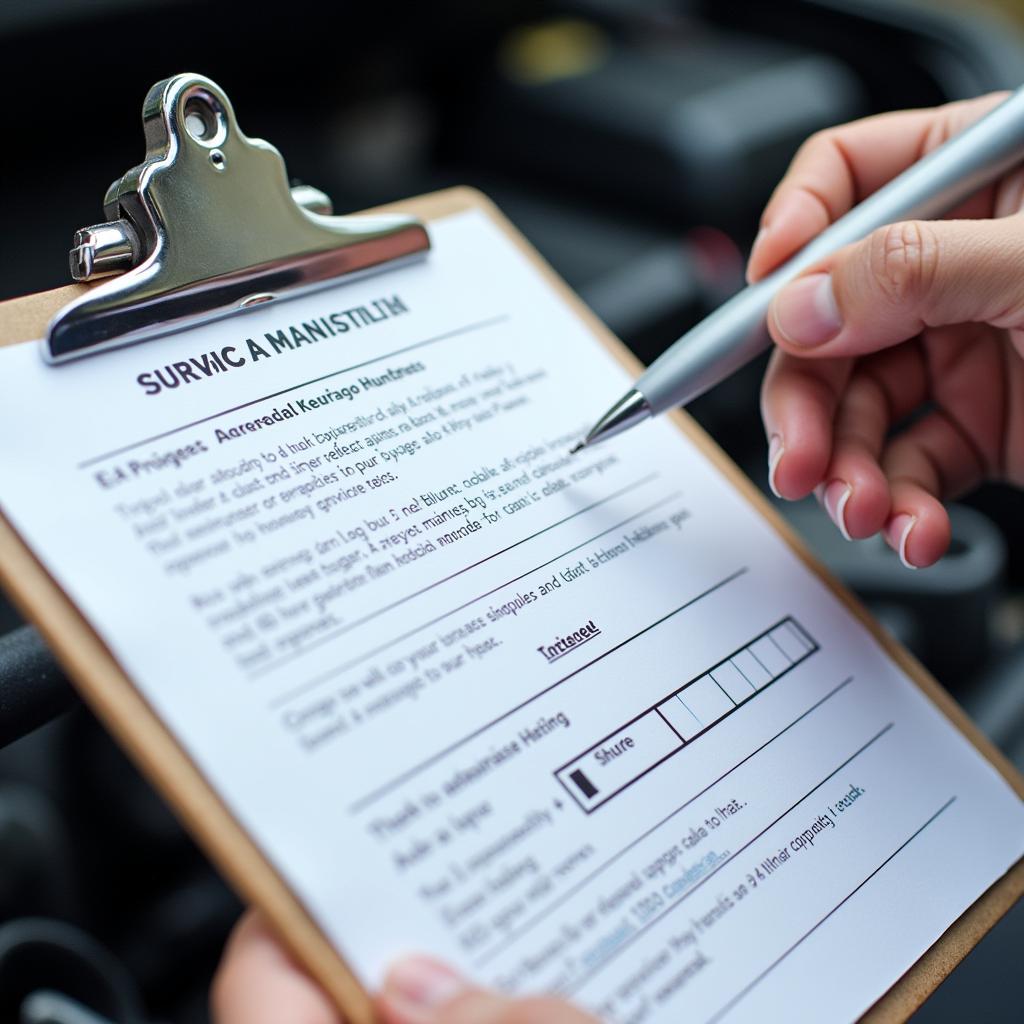Owning a Hyundai i10 is a joy, but like all vehicles, it requires regular servicing to stay in top condition. Understanding the cost of servicing your Hyundai i10 is essential for budgeting and avoiding any surprises. This comprehensive guide will break down the typical Hyundai I10 Car Service Costs, factors influencing price, and smart ways to save.
What Impacts Hyundai i10 Service Costs?
Several factors can influence how much you’ll pay for your Hyundai i10 car service:
- Service Type: Routine maintenance like oil changes and filter replacements are less expensive than major services involving brake pad replacements or timing belt changes.
- Mileage: Higher mileage vehicles often require more intensive services, leading to higher costs.
- Location: Labor rates and part prices can vary depending on your geographical location.
- Service Center: Dealership service centers tend to charge more than independent mechanics or chain repair shops.
Typical Hyundai i10 Service Costs
While prices fluctuate, here’s a general overview of typical Hyundai i10 service costs:
- Minor Service (Oil Change, Filter Replacements): $70 – $150
- Intermediate Service (Minor Service plus Brake Fluid Check, Spark Plug Replacement): $150 – $300
- Major Service (Intermediate Service plus Coolant Flush, Timing Belt Replacement): $300 – $700
Note: These prices are estimates. It’s crucial to consult your owner’s manual or contact a trusted service center for accurate pricing based on your vehicle’s specific needs and your location.
Saving Money on Hyundai i10 Service
- Adhere to the Service Schedule: Sticking to the manufacturer’s recommended service intervals in your owner’s manual helps prevent minor issues from becoming major (and costly) problems down the road.
- Shop Around for Quotes: Don’t hesitate to get quotes from multiple service centers, including dealerships, independent mechanics, and chain repair shops.
- Inquire About Discounts: Many service centers offer discounts for seniors, students, or military personnel.
- Consider Using Aftermarket Parts: Aftermarket parts are often more affordable than original equipment manufacturer (OEM) parts and can be just as reliable when sourced from reputable suppliers.
Hyundai i10 Service FAQs
Q: How often does my Hyundai i10 need an oil change?
A: It’s generally recommended to have your Hyundai i10’s oil changed every 3,000 miles or 3 months, whichever comes first.
Q: Can I service my Hyundai i10 myself?
A: While some routine maintenance tasks can be performed at home with basic mechanical skills, it’s best to leave more complex services to qualified professionals.
Q: What is a timing belt, and why is it important to replace?
A: The timing belt synchronizes the engine’s valves and pistons. A broken timing belt can result in catastrophic engine damage, making replacement crucial.
By understanding your Hyundai i10’s service requirements and utilizing the tips above, you can keep your vehicle running smoothly for years to come while keeping maintenance costs under control.


